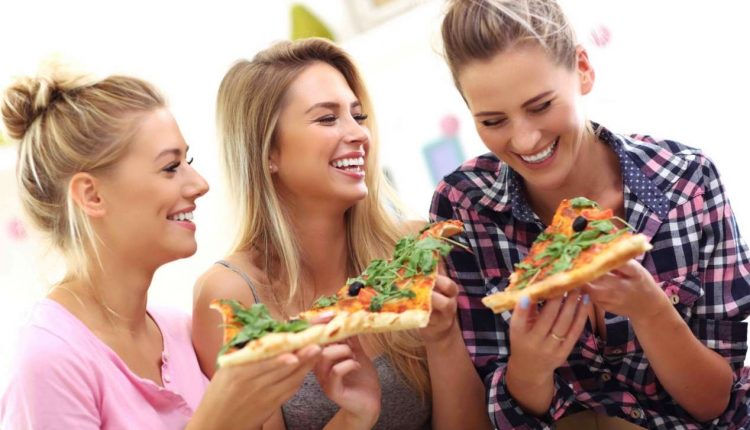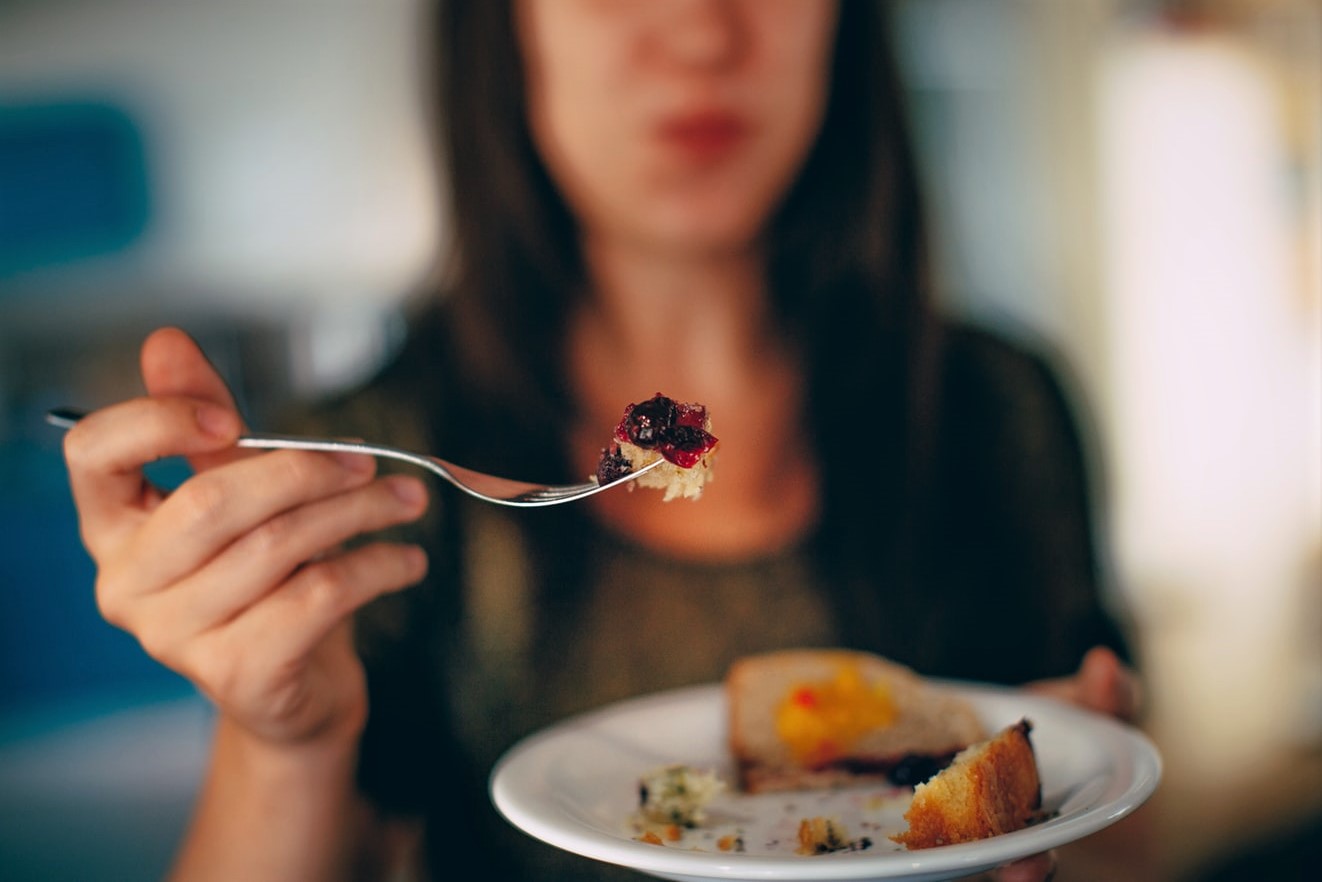
Why Is Everyone Talking About Intuitive Eating Lately?
Intuitive Eating rejects the diet mentality. That’s the first principle of intuitive eating, an evidence-based approach to feeding yourself that connects the mind, body, and emotions
The concept was first developed in the 1990s by two dietitians,
Evelyn Tribole, MS, RDN, and Elyse Resch, MS, RDN, who co-authored a book titled “Intuitive Eating: A Revolutionary Anti-Diet Approach.”
Intuitive Eating: almost 30 years later, this practice is regaining traction on social media
Experts suggest that the prevalence of diet culture and thin idealization online has led to a renewed interest in I.E., which is defined as “a self-care eating framework” that is “weight-inclusive” and “honors both physical and mental health.”
Extensive research has associated social media usage with a decline in body confidence.
A study found that Facebook users made more appearance comparisons than those who didn’t use Facebook.
Using the platform for merely 30 minutes a day was enough to change how people viewed their body.
“People are over feeling bad about themselves,” Kelsey Lorencz, RDN, a registered dietitian and founder of Graciously Nourished says, “There’s been a big shift in the past few years when it comes to mental health awareness and taking care of ourselves in a holistic way.
What Exactly Is Intuitive Eating?
Rahaf Al Bochi, RDN, LDN, a spokesperson for the Academy of Nutrition and Dietetics, says that I.E. is not a diet.
“It encourages you to tune into your own body signals and behaviors,” Bochi said.
“Intuitive eating encourages you to view all foods as equal and to enjoy all foods without guilt.”
Bochi added that I.E. can help “chronic dieters break free from the cycle of dieting and heal their relationship with food and their body.”
Since I.E. is not a diet, there are no rules to follow.
Instead, I.E. includes 10 guiding principles that individuals can practice to learn how to trust their own instinct about feeding themselves.
These principles include intuitive ideas like honoring your hunger by eating enough carbohydrates and maintaining your energy levels.
And rather than relying on “militant exercise” to shed calories, the principles encourage shifting the focus to how it feels when you move your body—this can be as simple as going for a morning walk.
Marissa Kai Miluk, MS, RDN, LD, a registered dietitian who uses I.E. in her practice, said that the principles are meant to allow people to explore what the guidelines mean to them personally.
Instead of fixating on counting calories or macros, people can use intuitive eating to build trust in themselves.
“Intuitive eating is not for the intention of changing your body or manipulating your body in any way for weight loss or trying to achieve some external standard of health”.
Research has shown dozens of benefits related to I.E..
A systematic review suggested that intuitive eating may be associated with body positivity and less disordered eating in women.
A 2018 study found that interventions that involved intuitive eating helped improve eating behaviors and self-esteem in women struggling with weight and body image.
How to Start an Intuitive Eating Practice
I.E. is often explained in the context of chronic dieting, in which people try to move toward a more holistic way of taking care of their bodies.
Lorencz, who shares I.E. resources online, said that this practice is an option for everyone.
“You don’t have to have a disordered eating past or be a chronic dieter to learn how to eat intuitively and respect your body and yourself,” she said.
“If you want to stop constantly overeating, feeling guilty when you eat fun foods, or out of control when you’re around those foods you never let yourself have, I.E. can help you create balance in your life and remove those negative feelings from food.”
Lorencz recommended reading the Intuitive Eating book and following intuitive eating therapists and dietitians on social media for tips and advice
Since this practice is individualized, you can also speak with a registered dietitian to learn how to fit this practice into your life, especially if you want to manage a chronic condition such as diabetes,
GI disorders, and eating disorders, she added.
“While all 10 principles are equally important, they’re all built around two concepts: Rejecting external rules and tuning to internal cues,” Lorencz said.
References:
Read Also:
Emergency Live Even More…Live: Download The New Free App Of Your Newspaper For IOS And Android
In Search Of A Personalised Diet
The Diabetic Diet: 3 False Myths To Dispel




